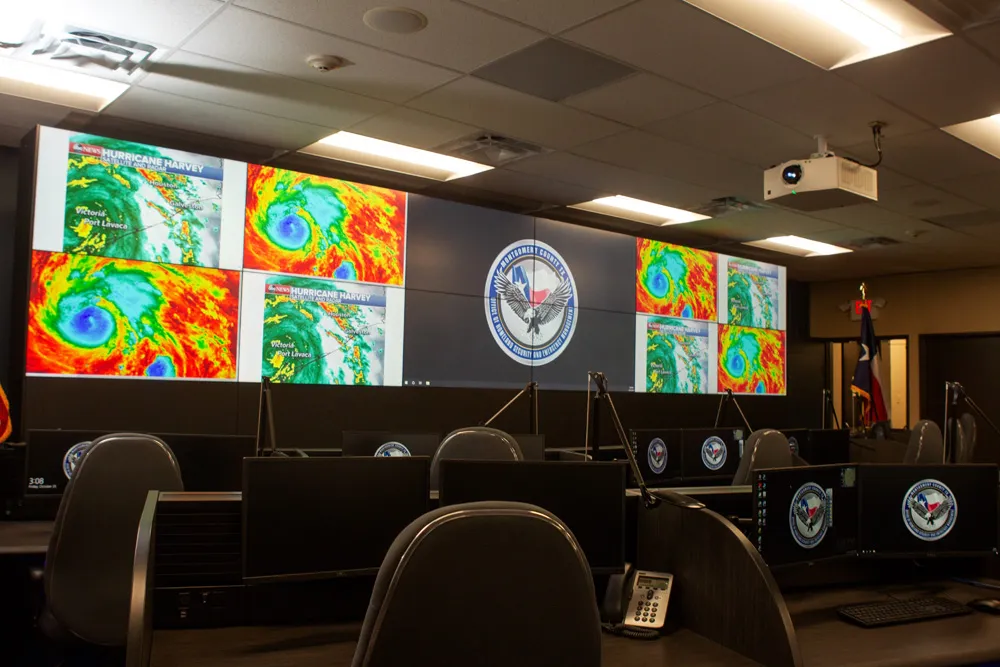Dominance in the global transportation management systems (TMS) market lies with a few companies, despite which the market exhibits considerable opportunities for emerging players, according to a new report by
"Companies targeting dominance are focusing on upgrading their existing transportation management product portfolio," said a TMR analyst. In addition, closely monitoring consumer preference to provide them with customised solution is a key strategy adopted by the market players. Considering conscious efforts made my market players to gain traction, the market is poised to surge at an exponential pace.
According to TMR, the global transportation management systems market is forecast to reach US$30.04 billion by the end of 2025, from its earlier valuation of US$9.6 billion in 2016. If these figures hold true, the market will exhibit a CAGR of 13.6 per cent between 2017 and 2025.
By end-use application, the transportation and logistics segment held dominance in the market with a share of 67.5 per cent in 2016. Regionally, North America emerged as the dominant segment with a share of 37.5 per cent in the overall revenue generated by the global transportation management system market. The rising demand for cloud-based transportation management system is forecast to help the market continue strongly through the forecast period.
Globally the demand for advanced technologies to replace their conventional counterparts is at its peak. Cashing in on the trend, the manufacturers of transportation management system are likely to offer innovative solutions. A majority of TMR solutions in operation at present were deployed prior to the proliferation of smartphones and tablets. Updating supply chain applications although a difficult task, has thus become imperative.
Furthermore, it will provide several cost benefits to transportation companies, which is a key factor aiding growth in the global transportation management system market.
In addition, the rise in intermodal transportation is expected to fuel the demand for TMR solutions. Also with the growing popularity of software-as-a-service (SaaS)-based TMR solutions, the market is expected to witness greater demand from logistics and transportation companies.
On the downside, the lack of awareness among end users and high deployment costs are the prime challenges that the market players are faced with at present. While there has been a gradual increase in awareness about upgrading TMS capabilities, a large section in the shipping industry is still unaware of its associated benefits. This could hinder the market's trajectory to an extent. Also deploying evolving technologies necessitate regular up gradation of older versions of software. This increases software cost, which is also expected to create challenges for the market.
Nevertheless, the advent of cloud computing and integration of RFID technologies in transport management are expected to bolster opportunities for the global transportation management system market in the near future.
Transport management systems market ‘offers opportunities for emerging players’
Dominance in the global transportation management systems (TMS) market lies with a few companies, despite which the market exhibits considerable opportunities for emerging players, according to a new report by Transparency Market Research (TMR). Currently, companies such as SAP SE, Oracle Corporation, Descartes Systems Group, JDA Software Group, and Manhattan Association hold dominance in the global transportation management system market, says the study. The report also identifies companies such as BluJa
May 23, 2017
Read time: 3 mins







